The Top 10 Colombian National Parks for Filming Natural History Productions
Our Colombia Production Company’s
Guide to Colombia's spectacular National Parks
If you are considering filming a natural history production, here is what you need to know about Colombia’s spectacular wildernesses.
The Park System is Young and Vast
The first-ever Colombian National Park, Cueva de Los Guácharos in the Eastern Andes of Huila department, was created in 1960. Sixty years later, Colombia’s National Natural Park system now includes 59 protected areas, which collectively cover about 169,545km2 (65,462 sq mi) – that's more than 14% of the country's area. The park system is divided into five different categories: there are forty-three National Natural Parks (PNN), twelve Fauna and Flora Sanctuaries (SFF), two National Natural Reserves (RNN), as well as one Unique Natural Area (ANU), and one Road Park (Via Parque).
The parks range in size from the tiny Isla de La Corota, a small island in the middle of La Cocha Lake measuring just 16 hectares, to the vast Chiribiquete National Park, the largest tropical rainforest national park in the world, covering a staggering 43,000 km2 (17,000 sq mi).
The Park System Possesses Colossal Biodiversity
The biodiversity of Colombia's National Parks is genuinely astounding: the National Park system protects everything from coastal mangrove swamps to misty mountain moorlands, and visitors can observe tiny poison dart frogs, giant humpback whales, nearly 2,000 bird species, and a wealth of other flora and fauna in these spectacular environs.
Why Would You Want to Film Here?
Filming in Colombia’s National Parks offers many advantages. Firstly, the cost of filming in Colombia is low compared to similarly biodiverse countries like Costa Rica and Brazil, or traveling in Africa. In Colombia it’s possible to film in Andean moorlands, tropical dry forest, Amazon rainforest, and Caribbean beaches in just a couple of weeks for a fraction of the cost of a similar production in other countries. Colombia is easily accessible from the USA, residing in the eastern US time zone, it can be reached by a short direct flight from many US cities including Miami and Houston. Additionally, many of Colombia’s National Parks are unexplored and little-known around the world, which gives you the chance of not only filming in places that few people have explored but also showing your audience a place that they have never seen before.
Here’s How We Can Help
Filming in Colombian National Parks involves a great deal of paperwork and administrative challenges. If you are contemplating a natural history production, the easiest way to navigate this process is with us. Our Colombia production company can manage the bureaucratic details, all manner of on-the-ground logistics, and field production, freeing you to focus on the creative aspects of your film.
Here are our Top 10 Colombian National Parks
Tayrona
Tayrona is one of Colombia's most iconic and accessible national parks, located just 21 miles from the city center of Santa Marta. Despite its proximity to the city, Tayrona is an exceptionally diverse ecosystem consisting of everything from Caribbean coral reefs, dry forest, and lush coastal jungles. Some of the most exciting species that can be filmed in the park include Keel-billed Toucan, American Crocodile, and various monkey species, including the critically-endangered Cotton-top Tamarin, Howler Monkeys, and the endemic Santa Marta White-fronted Capuchin. As the second-most visited Colombian National Park, it can be hard to escape the crowds when you're filming in Tayrona. Still, at certain times of the year, the number of visitors decreases, and it's entirely possible to film in Tayrona in peace.
Our Colombia production company filmed part of our feature-length documentary The Birders in Tayrona National Park, so we're well-versed in its landscapes, key filming locations, and how to obtain filming permits.
The beaches and coastal jungles of Tayrona National Park make it one of Colombia’s best filming locations on the Caribbean coast.
Chingaza
This National Park to the north-east of Bogota is famous for its extensive paramo ecosystems and more than 40 natural glacial lakes. Although the most representative elements of Chingaza are its high-altitude ecosystems, the park ranges from an elevation of just 800 meters (2,600 ft) and is home to lower-altitude species like jaguars, woolly monkeys, ocelots, and toucans.
However, the real magic of Chingaza sits closer to 4,000 m.a.s.l. – the surreal landscapes of the paramo moorlands are indeed a sight to behold, as thousands of the alien-like frailejon plants dot the jagged mountainous terrain. It's easy enough here to film White-tailed Deer and high-altitude hummingbirds like the Green-bearded Helmetcrest, but with patience and a bit of luck, it's possible to film Spectacled Bears, Mountain Tapirs, and the giant Andean Condor.
The extremely wet weather in Chingaza presents some logistical challenges for film productions. Still, our Colombia production company knows how to handle these conditions: we've filmed in Chingaza on several occasions, including with Columbia Sportswear for the product launch of their Outdry Extreme line.
Los Nevados
Los Nevados National Park surrounds the volcanic complex formed by Nevado del Ruiz, Nevado del Tolima, Nevado de Santa Isabel, and several other smaller volcanic mountains in the central Colombian Andes. This is an almost exclusively high-altitude park, and, as such, Los Nevados is characterized by glacial landscapes, including moraines, glacial lakes, and snow-capped volcanic peaks. Ecosystems in Los Nevados include Andean cloud forest and wetlands at lower altitudes and paramos and super-paramos higher up.
The park is a perfect place to film endemic Andean species like the Buffy Helmetcrest and Rufous-fronted Parakeet and is one of the best places in the country to film Andean Condors. Access to the higher reaches of the park can be limited by seismic activity. Still, our experience of filming in Colombian National Parks should be able to facilitate the necessary permissions.
The high Andean peaks of Los Nevados National Park make it an ideal location to film rare high-altitude species like Andean Condors.
Amacayacu
This southern national park is located along the small stretch of the Amazon River that flows through Colombian territory and is home to a rich range of flora and fauna, including many bird species only found in this small corner of the country. Part of the park is also currently inhabited by the Ticuna Indigenous people – part of the experience of visiting Amacayacu is spending the night in a maloka, a traditional Indigenous longhouse typical of Amazonia.
Highlights for video productions in Amacayacu include Monkey Island, a small river island inhabited by thousands of Squirrel Monkeys, Mocagua Island, where the iconic Victoria Regia Amazonian water-lily is found, and a trip to Tarapoto Lake to film wild Amazonian Pink River Dolphins.
Amacayacu is easily accessible from the Colombian Amazon port city of Leticia – boats travel upriver from the city to Amacayacu in less than two hours along the Amazon River.
The Colombian Amazon region is full of surreal and beautiful sights like these gorgeous tree reflections. Can you spot the kingfisher though?
Serrania de la Macarena
Serrania de la Macarena National Park is best known as the home of the 'Most Beautiful River in the World,' the many-colored Cano Cristales. This river is also known as the 'Liquid Rainbow' due to strikingly-colored algae that flowers in its waters between July and November, with red being the predominant color.
However, there's a lot more to La Macarena than Cano Cristales – the park's quartzite rock formations are the westernmost extension of the Guiana Shield, known as the oldest rocks on Planet Earth. The park is also strategically located on the border of three large and globally-important ecosystems: the Colombian Andes, the Eastern Llanos Plains, and the Amazon Rainforest. As such, the park is home to a diverse range of flora and fauna, including over 420 species of birds, eight primates, and many freshwater fish and aquatic plant species, including the endemic Macarenia clavigera algae that give the rivers their famous color.
Our Colombia production company has filmed ecotourism videos in La Macarena National Park for our clients Awake Travel and USAID. We are experienced in the logistics of shooting in such an off-the-beaten-track part of the country and the attendant challenges, including transporting heavy camera gear with limited baggage capacity. We also count on strong relationships with the park's guides and ecotourism operators.
El Tuparro
El Tuparro National Park is the only protected area under the National Park System in the Eastern Plains region. It lies on the far eastern border with Venezuela in Vichada department. The majority of the park's ecosystems consist of flooded and non-flooded savannah, but Tuparro also counts on five different types of riparian forest. It's one of the largest Colombian National Park and also one of the least-visited – a film production in El Tuparro National Park is quite an undertaking but promises the reward of spectacular footage of some of Colombia's least-known landscapes and ecosystems. Our team has scouted in El Tuparro National Park and know the top filming locations and logistical challenges.
The Orinoco River borders the park to the east, the Tomo River to the north, and the Tuparro River to the south. This range of aquatic ecosystems means that amphibian diversity is exceptionally high in Tuparro. It's also home to the stunning Maipures Rapids on the Orinoco River, which Alexander Von Humboldt described as 'the Eighth Wonder of the World' after visiting in the 19th Century.
Looking out over the vast savannahs of El Tuparro National Park, with the Orinoco River in the foreground and the Tuparro River on the left.
Sierra Nevada del Cocuy
This high-altitude National Park is located in the Eastern Colombian Andes near the Venezuelan border in the departments of Boyaca and Arauca. The park is characterized by post-glacial geological morphology, including moraines, cirques, glacial lakes, and snow-capped peaks. Home to some of Colombia's most dramatic Andean landscapes, it is the closest thing the country has to Peru and Bolivia's iconic Andean trekking routes. As such, it is visited by many hikers and rock climbers.
Access to El Cocuy is strictly controlled due to the sensitivity of the ecosystems and the local Indigenous people's wishes. However, it's still possible to hike over 50km over three different routes and access gorgeous landmarks like La Plaza Lake and the Devil's Pulpit rock formation on Pan de Azucar mountain.
The jagged, snowcapped peaks and glacial lakes of El Cocuy National Park make it one of Colombia’s most dramatic and photogenic parks.
Isla Gorgona
Gorgona is a small Pacific island off the coast of the small port town of Guapi in Cauca department. The island has a rich and dramatic history encompassing pirate attacks, conquistador shipwrecks, Indigenous cultures, and a hellish high-security prison but has been a National Park since 1984. It was declared a protected area due to its richly varied endemic wildlife, extensive coral reefs, and a globally-important breeding site for humpback whales, which can be filmed in the waters around the island between June and November.
Gorgona's prison ruins make for an incredibly atmospheric filming location – the wild jungle has overtaken the walls and guard towers, and capuchin monkeys, bats, and venomous snakes now stalk the cells which once housed Colombia's most dangerous inmates. Meanwhile, the jungle trails are home to boa constrictors and fer-de-lance vipers and sloths, and the white-sand beaches and rocky coastal outcrops support important breeding seabird colonies. The real filming highlights of Gorgona are under the waves, though: divers can get up-close-and-personal with whale sharks, sea turtles, dolphins, and even humpback whales in the breeding season.
Gorgona Island - from nightmare prison colony to biodiversity hotspot.
Serrania de Chiribiquete
Chiribiquete is Colombia's largest national park. In fact, in 2018, the Colombian government increased the size of the protected area by a further 1.5 million hectares, making Chiribiquete roughly the size of Switzerland! It's been called 'The Real Lost World,' since vast swathes of its dense rainforests and rocky tepuys remain mostly unexplored. It's even been theorized that uncontacted Indigenous groups still dwell in Chiribiquete's forests.
The park was also declared a UNESCO World Heritage Site in 2018 and has recently been in the news thanks to the startling discovery of tens of thousands of ancient petroglyphs and pictographs thought to date back as much as 20,000 years.
To preserve the park's sensitive ecosystems and ancient rock art, Chiribiquete is closed to the public for on-the-ground access. However, it's possible to arrange a flyover of the park in a light aircraft and film the mindblowing views of tepuys and snake-like jungle rivers from the air.
The ‘Lost World’ of Chiribiquete National Park, which is roughly the size of Switzerland.
Los Flamencos
This small Flora and Fauna Sanctuary is located in the Caribbean coastal desert region of La Guajira. As its name suggests, it is home to a significant breeding population of American Flamingos. The bright pink birds are present year-round in the park's brackish lagoons, but the numbers swell in the breeding season. Apart from the eponymous flamingos, Los Flamencos is also home to large populations of other aquatic species like Roseate Spoonbill, Tricolored Heron, Reddish Egret, Scarlet Ibis, and many species of gulls, terns, and waders. The dry scrub forests surrounding the lagoons support globally-important populations of rare Guajira-endemic species such as the majestic Vermillion Cardinal, Buffy Hummingbird, Tocuyo Sparrow, and White-whiskered Spinetail, among many others.
Our feature-length documentary The Birders featured a lengthy segment shot on location in Los Flamencos, featuring local Indigenous Wayuu bird guides and ecotourism representatives, so we're familiar with the logistics of filming in the park and where to obtain the best shots of flamingos and other important bird species.
Work With an Experienced Colombia Production Company
Filming in Colombian National Parks can be both thrilling and challenging. You want to work with the experts.
Contact Us
Contact us now to discuss how we can make your next natural history filmmaking project in Colombia a success.
Find Out More
Read more about our Colombia Production Company here.














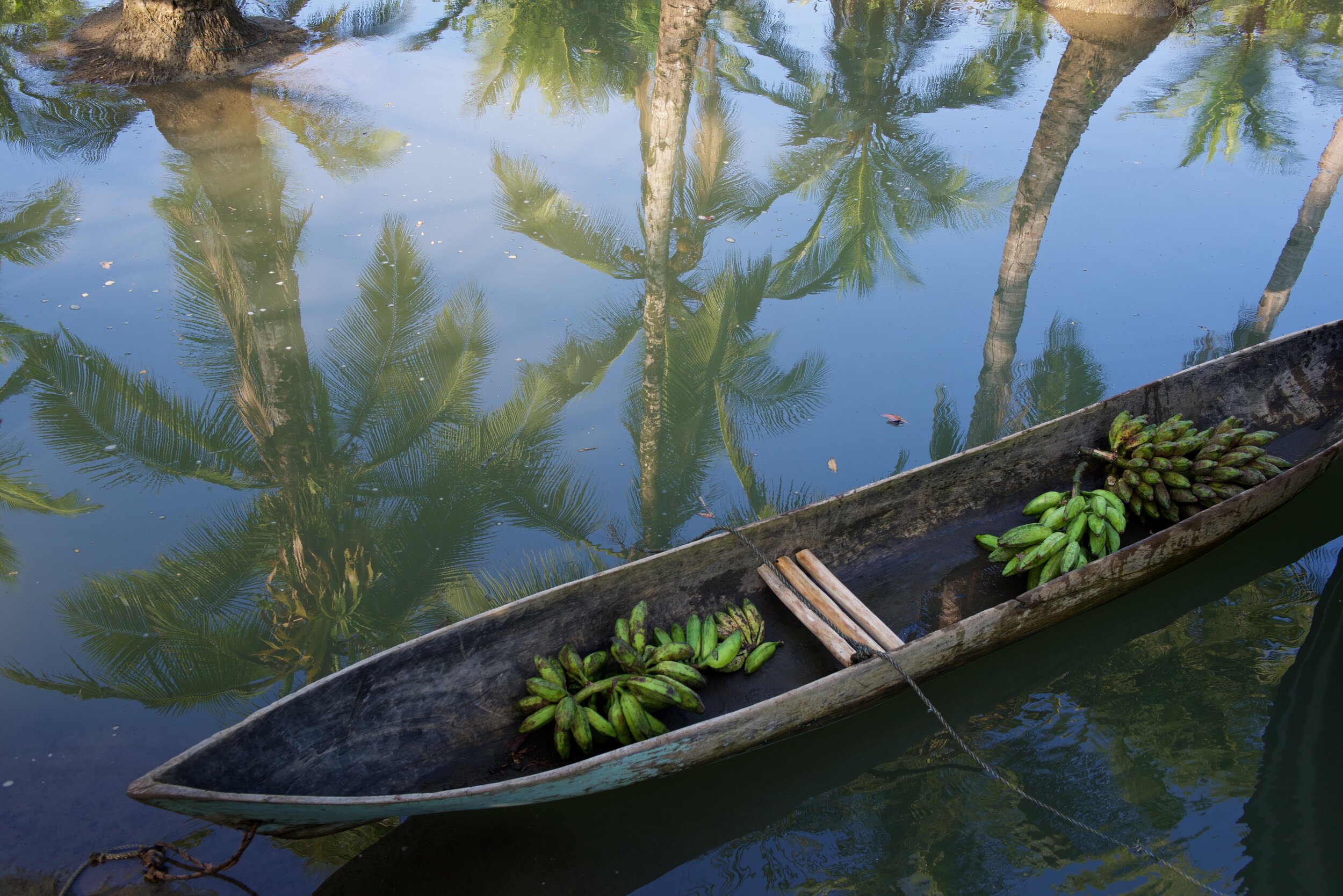
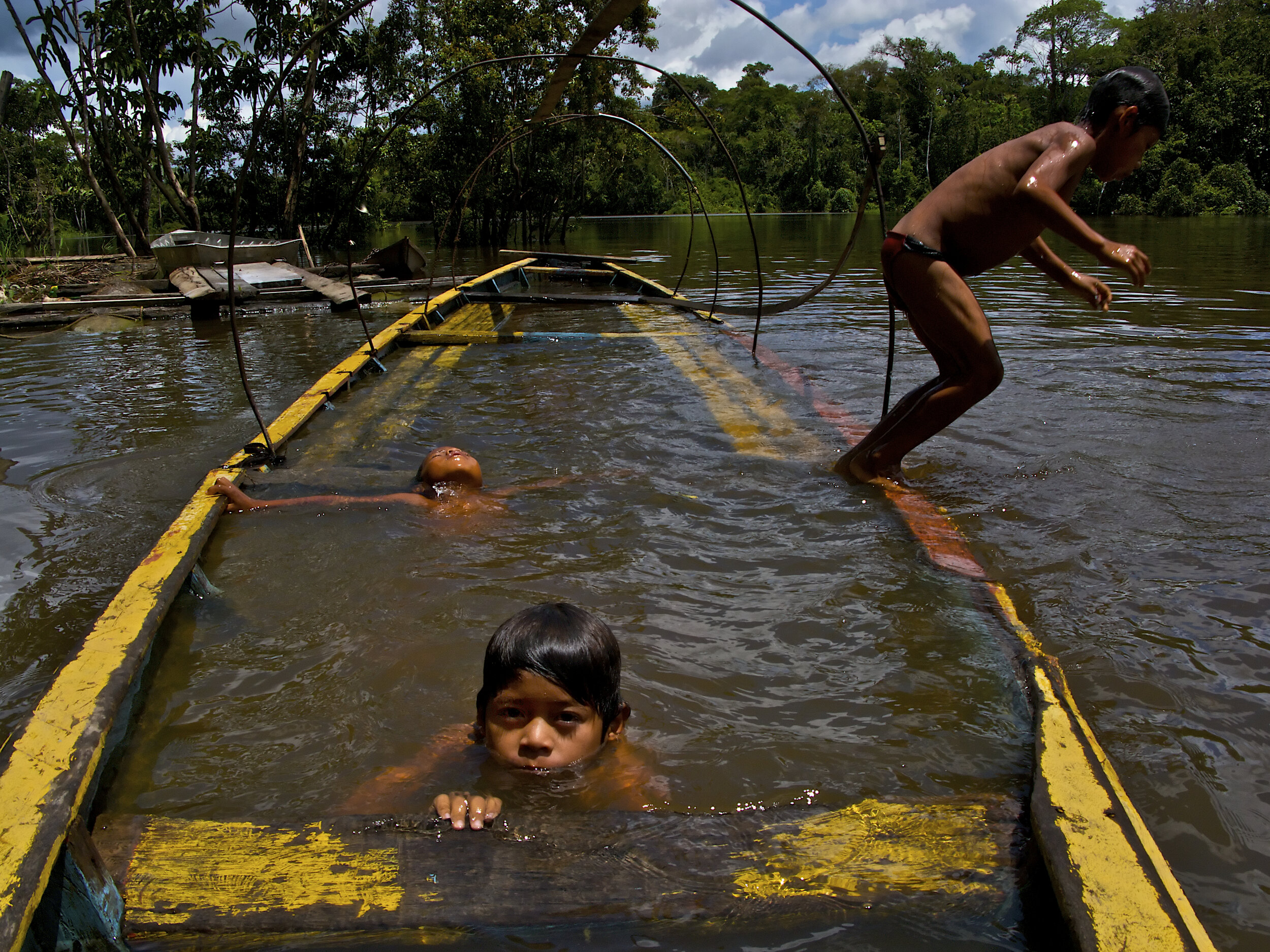
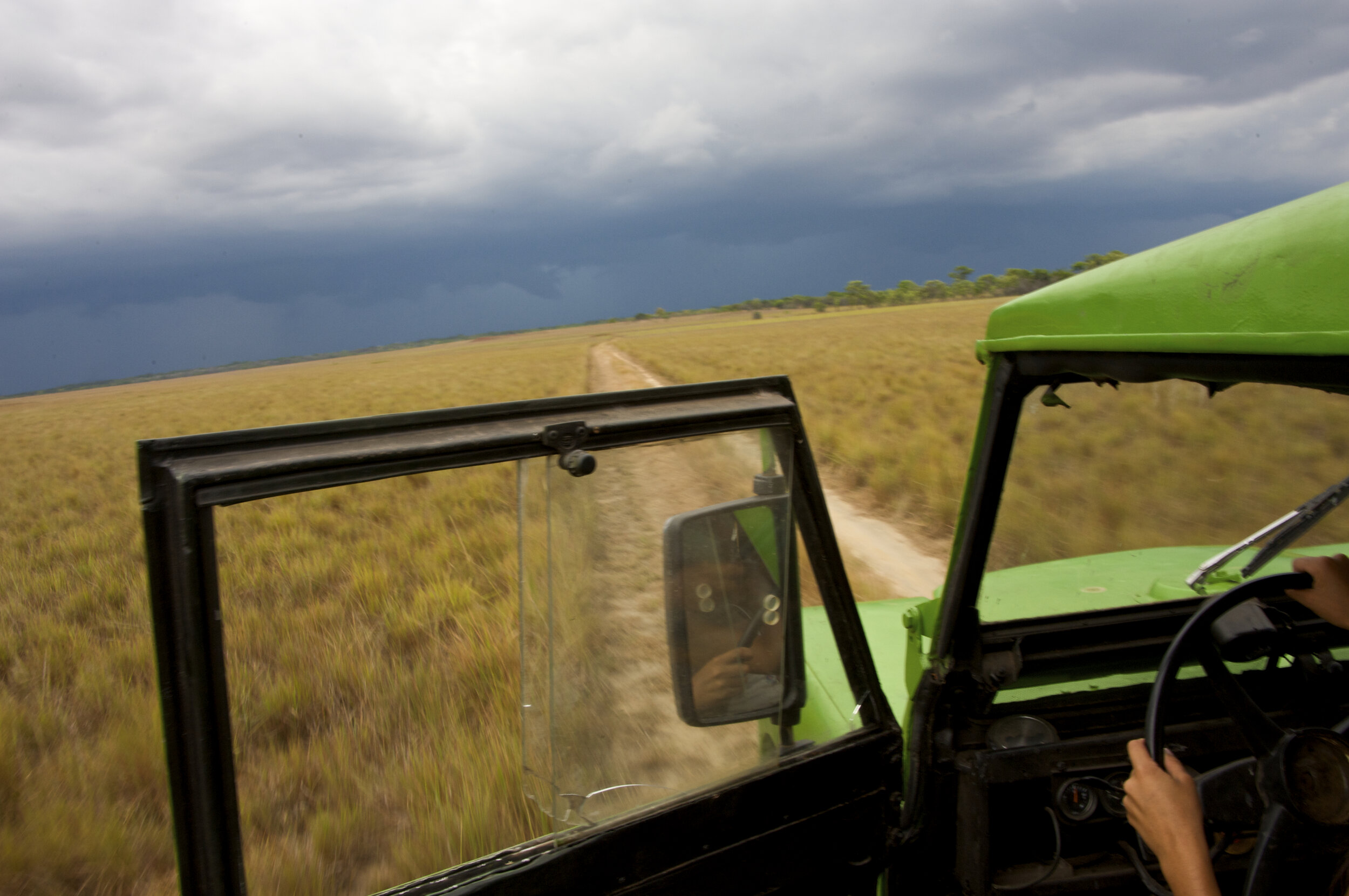
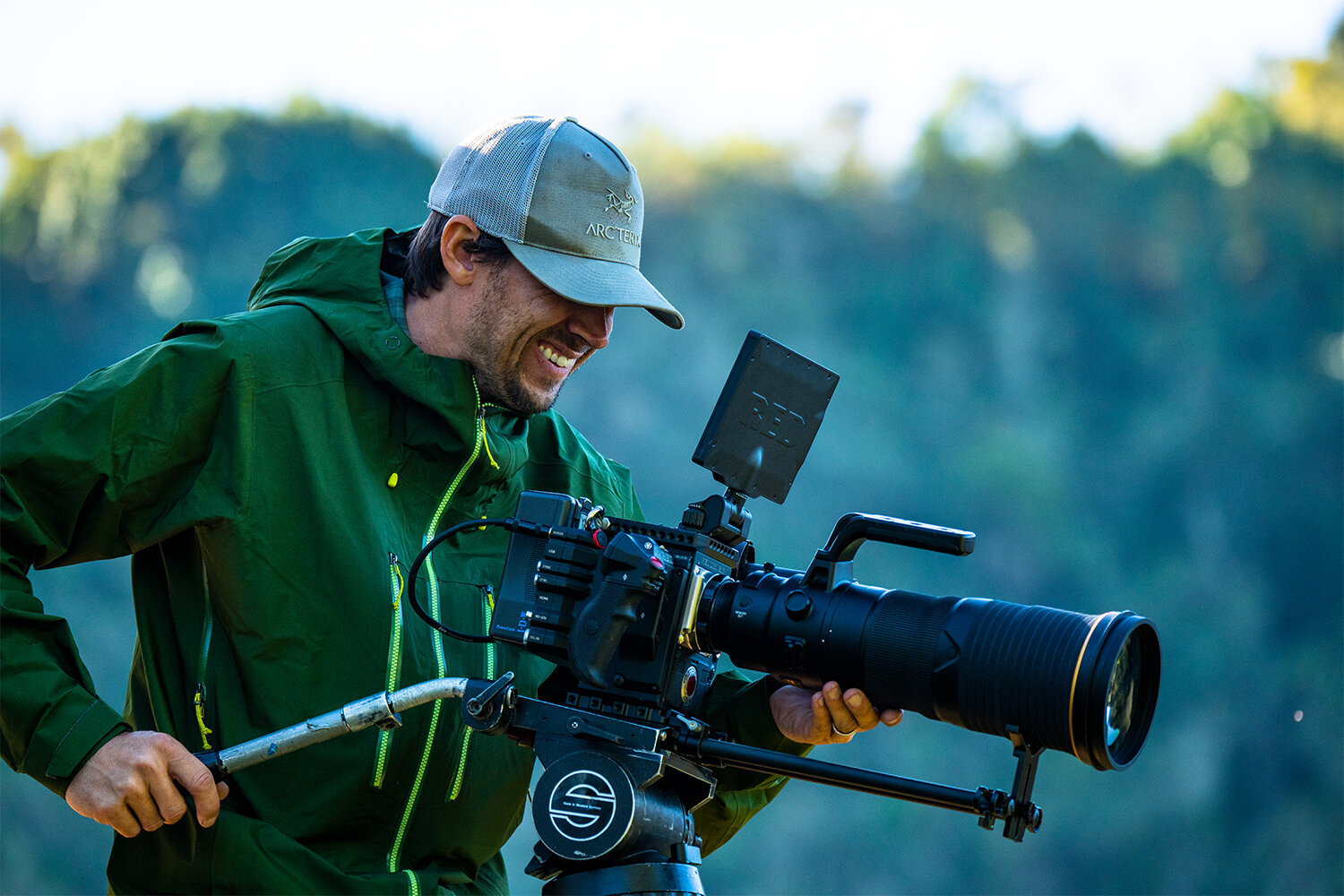
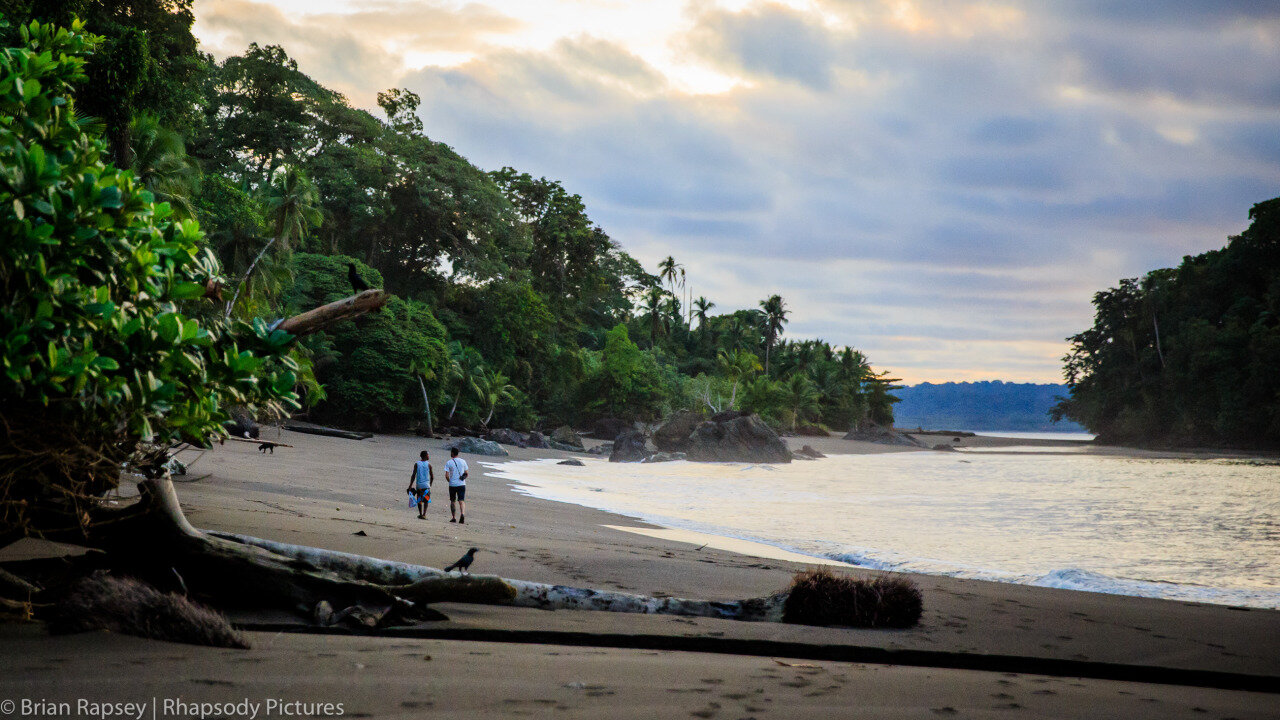
Check out our Colombia Production Company’s Guide to Colombia's spectacular National Parks. If you are considering filming a natural history production, here is what you need to know about Colombia’s spectacular wild destinations.